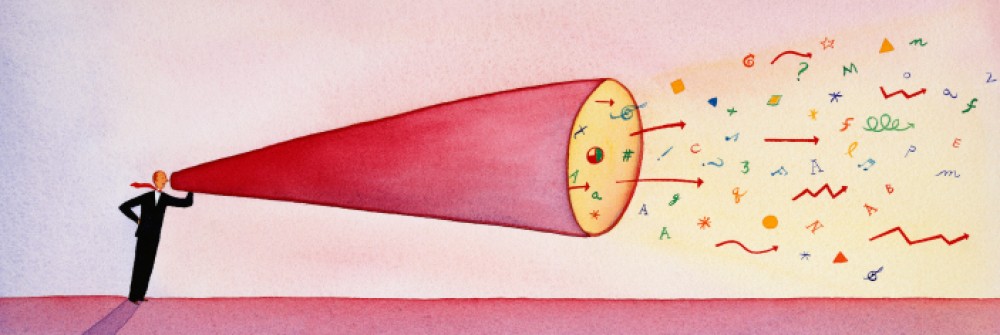 More corporations are taking some of the responsibilities previously handled by their public relations and advertising agencies back in-house. Regarding PR agencies, it’s no longer breaking news that many clients have taken their social media activities inside. But a recent report by The Association of National Advertisers (ANA) says that the expansion of in-house marketing and marketing communications capabilities includes bringing creative strategy in-house as well – a red flag for ad agencies.
More corporations are taking some of the responsibilities previously handled by their public relations and advertising agencies back in-house. Regarding PR agencies, it’s no longer breaking news that many clients have taken their social media activities inside. But a recent report by The Association of National Advertisers (ANA) says that the expansion of in-house marketing and marketing communications capabilities includes bringing creative strategy in-house as well – a red flag for ad agencies.
A few highlights from the report (courtesy of Michael Lee and his Forbes.com article, “Can In-House Agencies Ever Be Great?”):
- About 60 percent of the clients who participated in the ANA study say they are using in-house marketing capabilities vs. five years ago when 42 percent reported the same;
- More than half of the clients polled say they have taken assignments that were traditionally the responsibility of their agencies back in-house;
- 40 percent brought creative strategy in-house, which as Lee points out “has been a key agency capability and attraction to clients,” and
- Almost 70 percent run their social marketing programs in-house.
For those of us experienced enough to have seen the rise and fall of in-house agencies, and now their apparent resurgence … well, it’s been an interesting ride. During my years with once great computer manufacturer Apollo Computer, Inc. (acquired by HP in 1989), I was part of a dynamic in-house marketing communications team that had a level of enthusiasm, sense of purpose, work ethic and urgency as impressive as any agency I’ve seen since.
The team was as big as some small to mid-size agencies and included:
– Up to nine PR pros handling all corporate communications, all media and industry analysts relations and support at events and trade shows. We didn’t call it “content development” then, but the PR team was largely responsible for developing a significant amount of the marketing content, from by-lined articles to white papers and speeches to press releases and customer success stories.
– another half-dozen or so copy writers, designers and other creative people. All sales literature, customer brochures and product sheets, other promotions, themes for trades shows and employee conferences, etc., all done in-house. While there was an advertising agency on retainer, that agency acted as an extension of the internal team.
– a significant events team produced and set up every trade show, from negotiating trade show booth space to overseeing the unions setting up the booths on the showroom floor.
All were part of the same team and reported into the same management. It was a great model that worked at the time. Despite its great run, however, a similar model today would have more disadvantages than it does advantages.
Lee makes the point that an in-house agency works “right at the heart of a brand” vs. agency staffers who are outside looking in. Somewhat sarcastically, he calls power, influence and control the “eternal Corporate Aphrodisiacs.” And he’s right.
But at the same time, in-house agencies can be at risk of becoming too internally focused. For those of us who have spent any amount of time on the client side, we know that the eternal meetings, time spent building consensus, bureaucracy and politics can chew the days and weeks away and relegate the creative process to the back burner.
One of the greatest advantages of working with an outside agency is the broader, external view and opportunity to learn from the campaigns of the agency’s other clients — best practices and also the campaigns that went bust, so what not to do. In addition, agency people make it part of their business to know what’s coming around the next corner, marketing trends and new technology platforms that can help propel a client’s campaign.
And finally, an agency team makes the internal team stronger and vice versa. An ambitious and competitive agency team can push an in-house team to stretch outside its comfort zone, and the best in-house teams will respond in kind.
What do you think? Do external agencies make internal teams do their best work?
